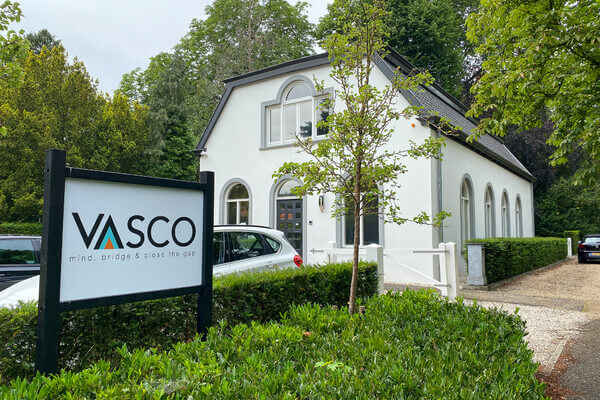Who’s living in your house?
A year ago, I and my husband bought the house we are now living in. At that time, it was a well considered decision. We opted for a beautiful, modern house with enough space for each family member, at a nice location, close to all the facilities that we as a family wanted to utilise. A sellable house too, so it was also a great investment with an eye to the future.
But just imagine that I had bought this house on my own, without talking to my husband first and without taking my children’s needs and wishes into consideration. In that case, a house like that would still have been a good investment - given the current state of the market, a house like that increases in value almost by itself. It’s hard to make a mistake in this regard. However, I do think that sooner or later I would have had to deal with an in-house uprising. Children who have to cycle an hour to school each day aren’t usually happy bunnies. And a spouse who has to wash every morning in an oh so authentic - but much too small - bathroom can get annoyed about this pretty quickly. In other words, in everybody’s interests and to keep the peace, it is better to draw up a list of everybody’s needs beforehand and to use them as input for the decision-making process. In that case, you would probably end up with a somewhat different house but still one that you would very happily live in for many years. Well, a company isn’t a house - it doesn’t become more valuable by itself. And in the case of major transformations - but if we’re being honest, for smaller innovation projects too – we always spend a lot of time on the business case. Will the investment really pay for itself? And in how many years exactly? For example, the investments in IT applications either have to increase commercial success or improve operational efficiency and effectiveness.
All the same, for many years now I have been surprised at how little time is spent in these discussions on ensuring that major projects are a good fit with their organisations. In order to make the investment worthwhile, the organisation must really utilise it, the employees have to be trained for it and the processes need to be modified for it.
We call this: business readiness. At Vasco, this is something we actually spend a lot of time on ensuring.
Together with the end users, we work on an implementation plan that also looks at such aspects as training, communication, processes and customers. Our first step here is always to carry out a thorough impact analysis. Yes, this takes time, but ultimately you get this time back and save a lot of money into the bargain. We have helped both major international customers and smaller SME businesses to achieve business readiness, and each time our customers tell us that this was a major reason for its success. So I will keep on battling to give business readiness a more prominent place on the agenda. In other words, the question always has to be: who’s living in this house? Or more accurately: who are the people in the organisation? After all, what applies for a house also applies for an organisation: only when you have factored in your users’ needs and wishes will your investment really be successful.
Vasco. Together we make it simple.



